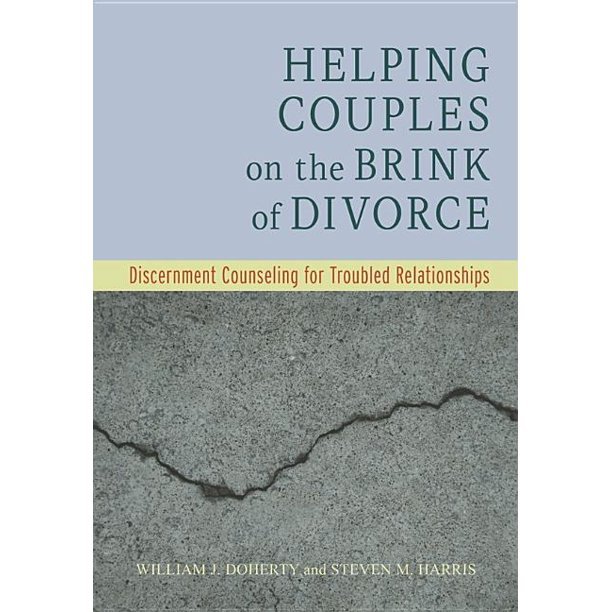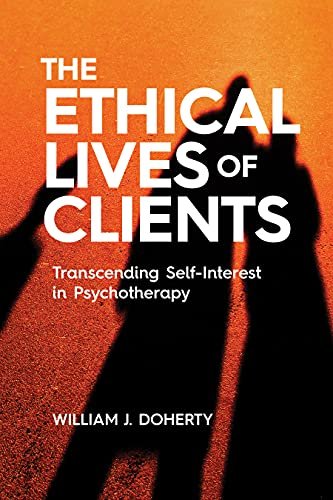Dr. Doherty created this assessment tool of four brief research-based questions for lawyers to include on their intake form to screen for divorce ambivalence. The group developed training on how to use the ambivalence questions for a conversation lasting about just seven minutes. “The lawyers were surfacing more divorce ambivalence because they were willing to ask about it,” he found. Many of the group members have incorporated the questions and protocol as best practice.
Questionnaire:
The introduction: people have different attitudes …which of the following is closest to where you are now.
1 – I’m done – there’s no way I want to stay married.
2 – I have mixed feelings.
3 – I would consider reconciling if my spouse made major changes.
4 – I don’t want divorce and would do anything to save the marriage.
Dr. Doherty’s research found 30-40% check something other than the first box, which then becomes a vehicle for the attorney to ask – can you tell me a little bit more about your answers?
Next question: Have you gotten any help? If so: Tell me about that. “The answers to this question would reveal to what extent a couple might have considered therapy,” he said.
“If there’s any indication at that point that the person in front of them is developing divorce ambivalence, the form also includes a short paragraph to describe discernment counseling – characterized as “a protocol to take time out to reflect whether the marriage is savable.” A referral to discernment counseling might be a wise next step if divorce ambivalence is uncovered.
In his career, Dr. Doherty “has seen his share of unnecessary divorces, as well as those that were necessary to prevent further harm. He is committed to the idea of adults doing their best for their children, which sometimes means employing every available resource to restore a troubled marriage to health,” he wrote in the forward to the Second Chances: A Proposal to Reduce Unnecessary Divorces he submitted along with Leah Ward Sears, to the U.S. State Legislatures in 2011.
As Dr. Doherty met with collaborative lawyers to train them to help potential clients discern if they really wanted to go ahead with divorce, they uncovered failures of couples’ therapy.
“It’s hard to send somebody back to therapy when it’s failed before or when one spouse doesn’t want to go,” he said, but traditional marriage counseling had previously been the “only tool in their arsenal.”
Dr. Doherty created a protocol to help people make a decision to divorce or consider reconciliation with more clarity – what he called discernment counseling. This counseling is more effective than traditional marriage counseling when one of the spouses was leaning out already and the other wants to save the marriage–what he termed a “mixed agenda” couple.
Dr. Doherty’s vision was for more therapists to be able to utilize this discernment counseling protocol. He created a 25-hour online, self-paced discernment counseling training for mental health professionals. Since then, more than 1000 have learned how to use this protocol. The practice has spread. In fact, the country of Singapore is adopting discernment counseling in all its divorce courts and anybody who goes to the divorce site in Singapore gets screened using the assessment tool, Dr. Doherty reported.
Discernment Counseling










 “It is a comfortable way in, so you don’t have to introduce something out of left field,” Dr. Doherty said. The form can also address if the potential client has sought help and whether it was something they’d consider again.
“It is a comfortable way in, so you don’t have to introduce something out of left field,” Dr. Doherty said. The form can also address if the potential client has sought help and whether it was something they’d consider again.







